World 🢖 Antarctic and Sub-antarctic region 🢖 Antarctica
Volcanoes 🢔 Geological wonders 🢔 Categories of wonders
Wonder
Mount Erebus
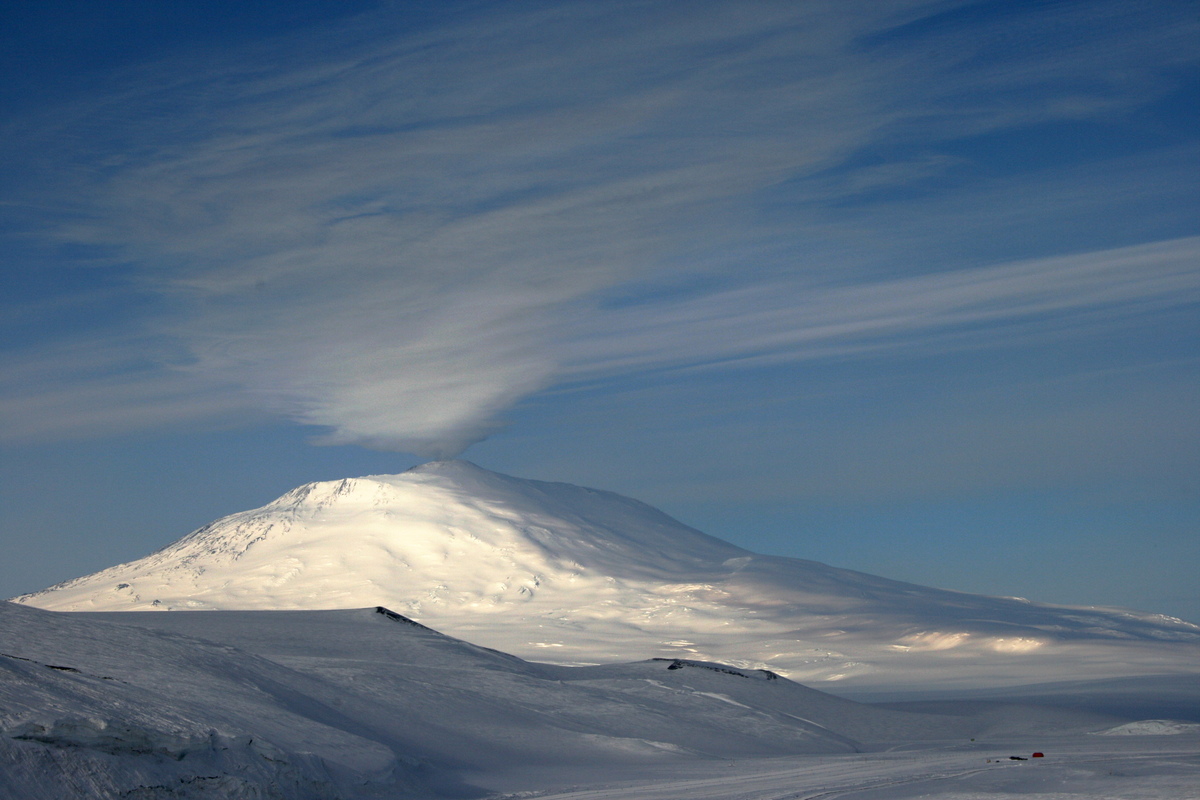
 In short
In short
A large and active volcano in Antarctica should be something unusual. Thus, Mount Erebus is very unusual indeed – it is one of the few volcanoes in the world with a constant lava lake in it.
 55.6%
55.6%
GPS coordinates
Location, address
Height
Map of the site
If you see this after your page is loaded completely, leafletJS files are missing.
 In detail
In detail
Geological history
Mount Erebus has formed above Erebus hotspot – a kind of “burner” through the Earth’s crust. As the continental plates move around, the “burner” burns through, creating a chain of volcanoes. These volcanoes become extinct as they “float” away from the hotspot. Consequently, new volcanoes emerge in places where before was just plain land.
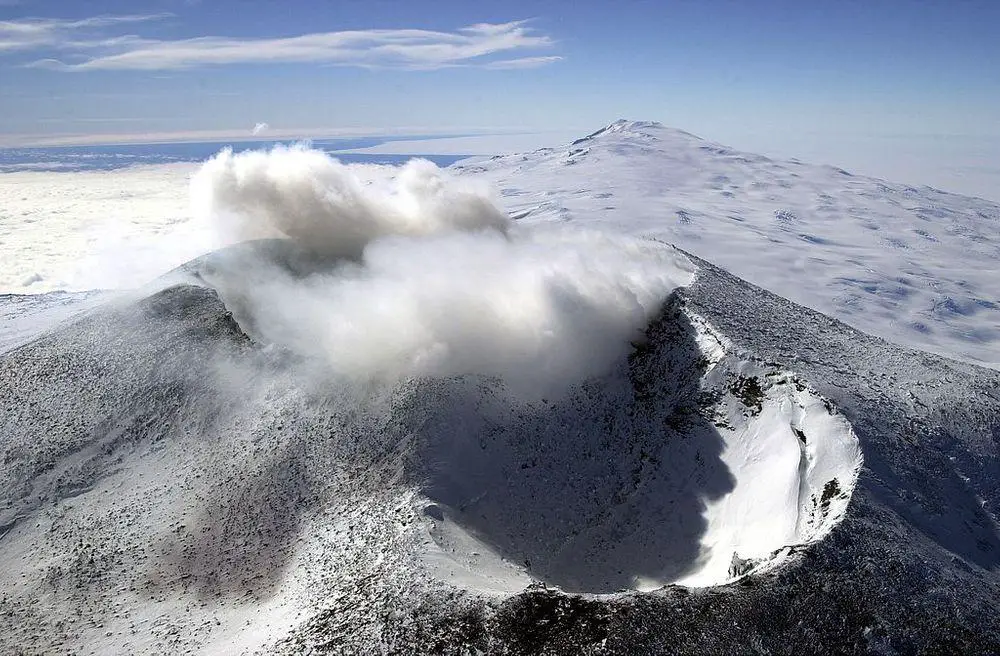
The formation of Erebus started some 1.3 million years ago. Since then the volcano has reached a height of 3,794 m above the sea. Thanks to this giant mountain Ross Island is the 6th highest island in the world. An ice sheet connects the island to the mainland. This ice is stable enough to have a permanent airfield on it.
On the same Ross Island are three more volcanoes: Mount Terror, Mount Bird, and Mount Terra Nova. None of them is active.
Description of Mount Erebus
Mount Erebus erupts continuously since its discovery in 1841. Thus it is the most active volcano in Antarctica.
Erebus is also the southernmost active volcano on Earth and the second-highest volcano in Antarctica. The highest is Mount Sidley – a dormant volcano that rises 4,181 – 4,285 m high.
At the summit of the volcano is a 500 by 600 m large and 110 m deep crater. In this crater is one more – an inner crater that is some 250 m wide and 100 m deep. In this inner crater is a lava lake – one of the few such lakes in the world. It is filled with phonolitic lava. In fact, Mount Erebus is the only volcano in the world that erupts this kind of lava currently.
Lava lake
If the weather lets see through the fumes, visitors can admire the glow of this lake from the rim of the crater. The lava lake of Mount Erebus has existed since the discovery of the volcano (and, most likely, before this), but it has constantly changed.
Thus, during the 1970ies the lava lake was some 130 m long and had an oval shape. Then, in 1984 – 1985 the volcanic activity increased and the glow of lava was visible from a distance of some 70 km. During this time most of the lava lake “froze” – solidified. Nevertheless, Erebus threw volcanic bombs with a diameter of up to 10 m up to 1.2 km far!
A small lava lake with a diameter of some 15 m appeared in late 1985. Then, in the late 1980ies, researchers observed up to three smaller lava lakes.
Lava lake or several lakes existed in the crater in the 1990ies and in the 21st century. In 2010 – 2016 volcano had two lava lakes.
Other wonders of Mount Erebus
In the volcanic bombs of the unique phonolitic lava have formed so-called Erebus crystals – unusually large crystals of anorthoclase. Visitors can find them around the summit of the volcano. Although these crystals are not especially beautiful they are a mineralogical rarity.
Other peculiarities of this volcano are up to 12 m high ice towers. These natural wonders were created by fumaroles – natural exhausts of warm gases and vapor. Vapor freezes in the Antarctic climate, gradually building the ice tower around the fumarole. In the middle of this tower is a hole – well and gases escape through the upper end of the tower. Volcanic fumaroles have made similar ice towers in several more locations around the world.
The volcanic heat of Mount Erebus has created also a unique ecosystem to the north from its summit, at Tramway Ridge. Here in the heated soil live mosses and microorganisms, over millennia cyanobacteria have created a weird mat. Under this mat has developed a habitat with archaea. These microorganisms most likely are unique to Tramway Ridge.
Discovery and research
Sir James Ross discovered Ross Island and Mount Erebus on January 27, 1841. He named the volcano after his ship HMS Erebus – a military ship. “Erebus” is a Greek deity of darkness and Brits considered this to be a fine name for military ship and… also a volcano!
As Ross Island is the southernmost island to be reached by ship, it served as a base for early expeditions to Antarctica. And, up to this day here is the largest Antarctic settlement – McMurdo Station (United States) as well as Scott Base (New Zealand).
The volcano was first climbed in 1908 by a team of the Nimrod expedition (British Antarctic Expedition). The expedition was led by Sir Ernest Shackleton and the leader of these brave climbers was Sir Edgeworth David. They climbed for five exhaustive days.
As the volcano is fairly easy to access (By Antarctic standards), it has been much explored. Thus, until 2016 the New Mexico Institute of Mining and Technology (USA) had here Mount Erebus Volcano Observatory. They created a summer field camp not too far from the summit, at a height of 3,400 m. Also, around the volcano was a network of seismic stations.
References
- Mount Erebus Volcano Observatory, New Mexico Tech. Accessed on April 22, 2019.
- Erebud, Smithsonian Institution, National Museum of Natural History, Global Volcanism Program. Accessed on April 22, 2019.
Mount Erebus is included in the following article:
 Linked articles
Linked articles

Wonders of Antarctica
Antarctica is an unusual continent, little known to general people and comparatively little investigated. There are missing numerous kinds of landmarks that are common in all other continents of the world, but this is compensated by several kinds of landmarks unique to Antarctica.
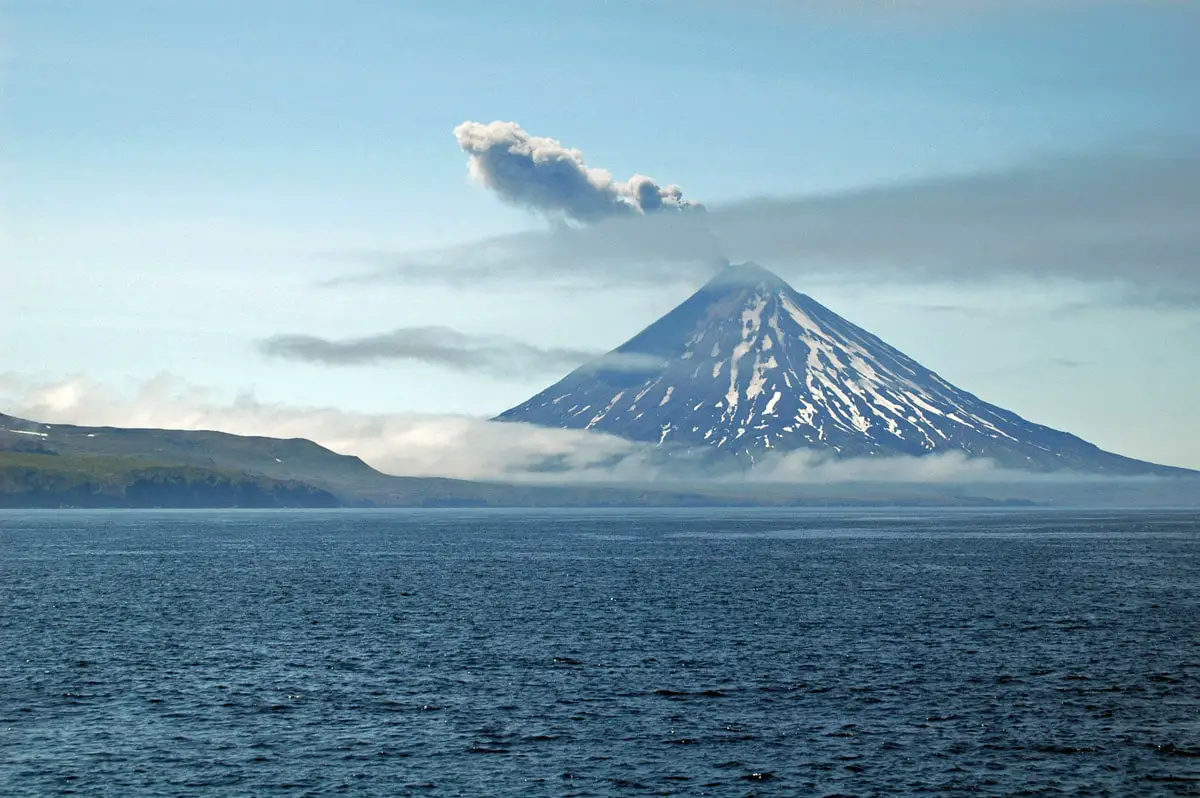
Volcanoes
This category includes the most unusual and interesting volcanoes of the world.
Over the last 10,000 years in some 1,500 places around the Earth mantle of Earth has emitted lava, ash, and gases through the crust of the planet. Each of these places is an active volcano. Some 50 – 70 volcanoes erupt every year and at any moment there are some 20 – 30 eruptions ongoing.
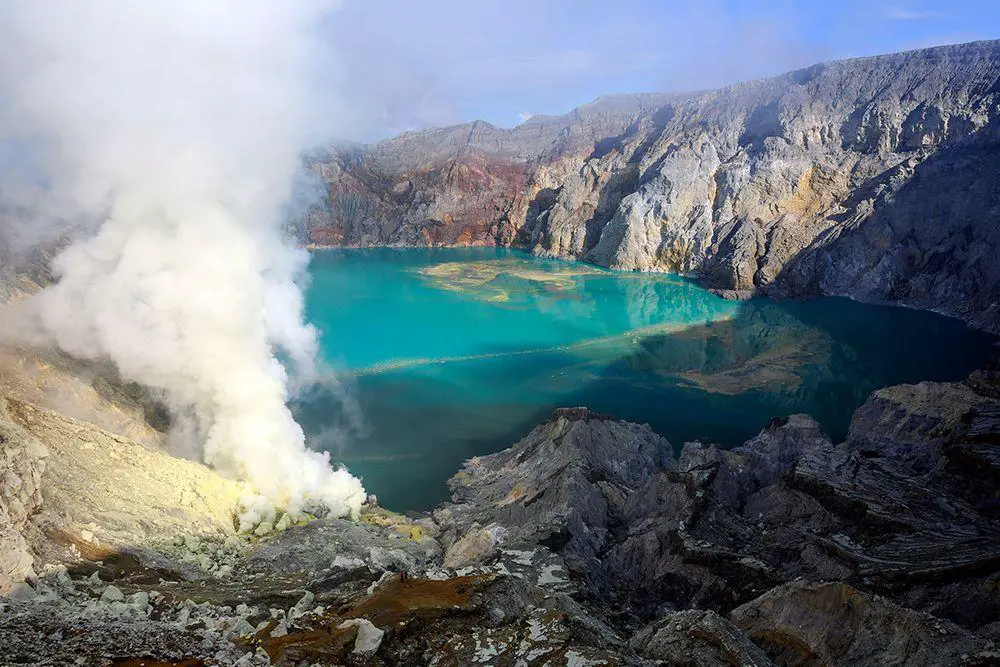
Lakes and streams
There are many factors that can make lakes, sea bays, or rivers unusual. Some lakes have unusual chemical properties and even do not contain water at all – such as lava lakes. Others may have unusual animals living in them or… legends about such animals.
 Recommended books
Recommended books
Antarctica: Earth’s Own Ice World
In 2016, scientist Rosaly Lopes and artist Michael Carroll teamed up as fellows of the National Science Foundation to travel to Mount Erebus, the world’s southernmost active volcano in Antarctica. The logistics of getting there and the complex operations of Antarctica’s McMurdo Station echo the kinds of strategies that future explorers will undertake as they set up settlements on Mars and beyond. This exciting popular-level book explores the arduous environment of Antarctica and how it is similar to other icy worlds in the Solar System.
An Adventurer’s Guide to Antarctica and the Subantarctic Islands
This guidebook describes the continent’s natural and manmade edifices and weaves the history of human exploration into each location. Here are the beaches where barefoot sealers slaughtered fur seals and in turn exposed the pathos of the human heart. On Cape Evans in the Ross Sea Region, a lone hut stands. Inside, rough furnishings offer poignant glimpses into the explorers’ lives.

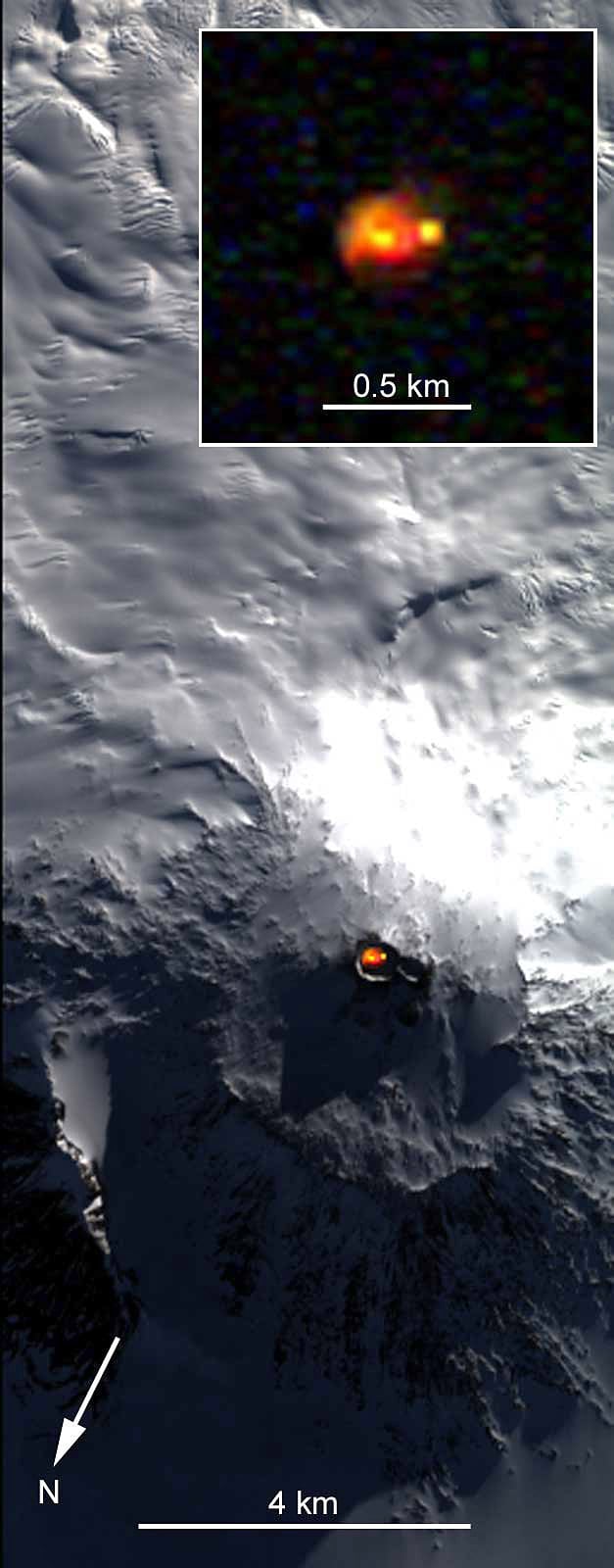
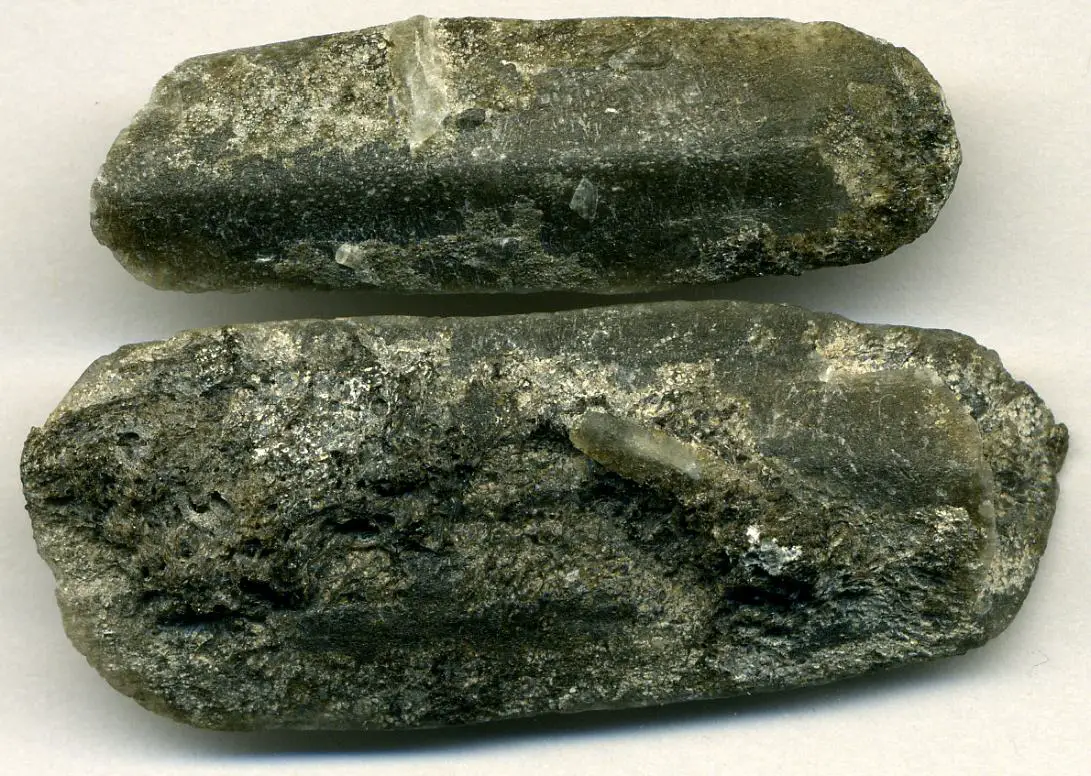
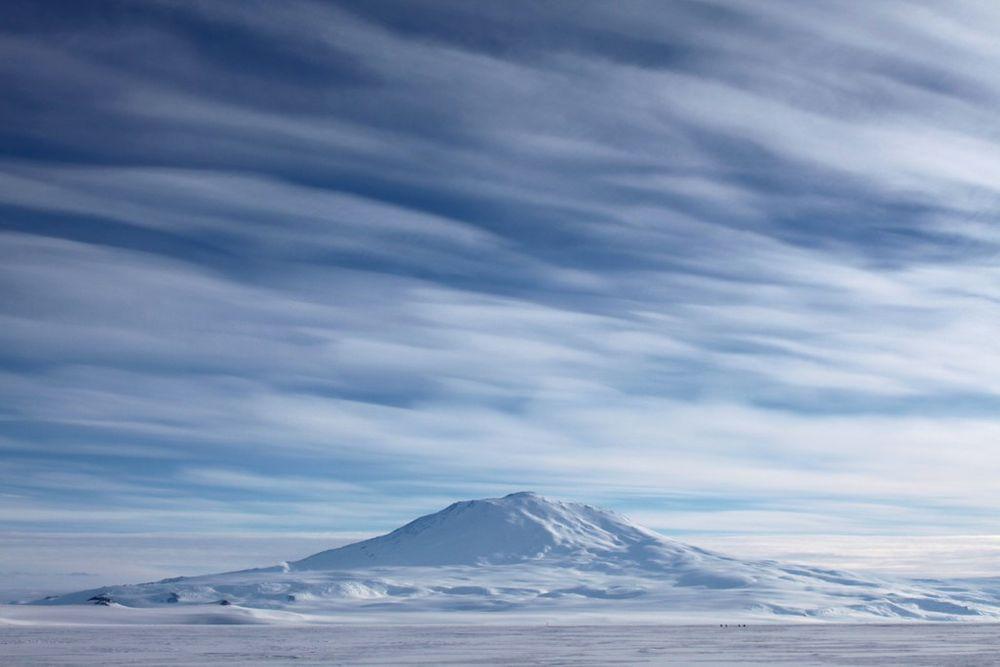
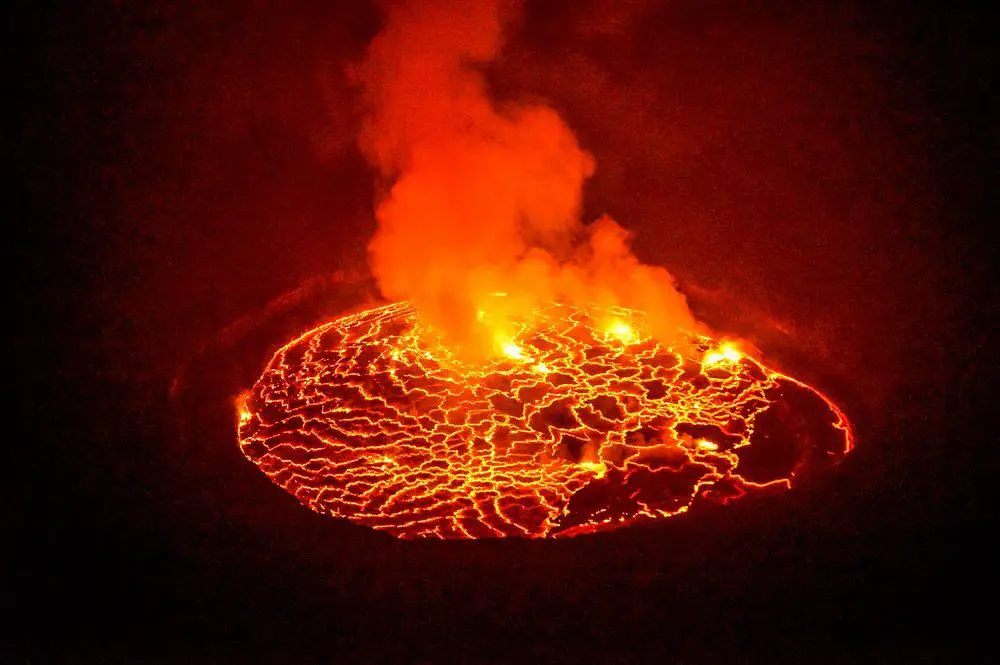


Wow!!
oh yeah